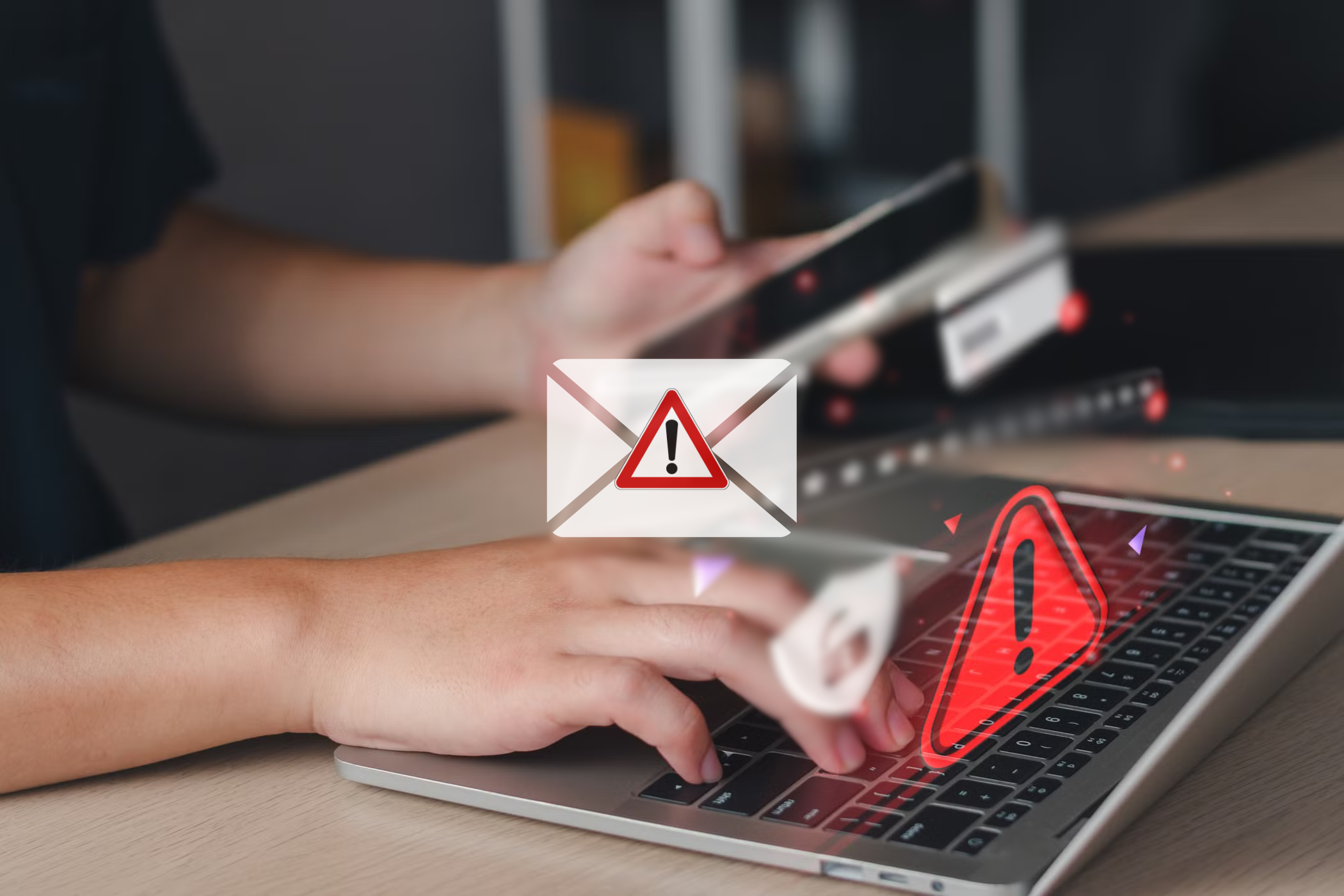
We've all been there, staring at a slightly off-looking email in our inbox, a little voice in the back of our head whispering, "Is this legit?" In today's digital world, staying vigilant about email security is more important than ever. Phishing scams are becoming increasingly sophisticated, and learning how to spot them is crucial to protecting your personal information and financial well-being. It's not about being paranoid; it's about being informed and taking proactive steps to stay safe online.
Why Avoiding Phishing Scams in Your Email Inbox Matters in 2025
The year is 2025, and email remains a primary communication tool for both personal and professional use. Unfortunately, so too does phishing. Scammers are constantly evolving their tactics, using advanced technologies like AI to create more convincing and personalized phishing emails. The stakes are higher than ever. A successful phishing attack can lead to identity theft, financial loss, and even damage to your professional reputation. That's why avoiding phishing scams in your email inbox isn't just a good idea; it's a necessity for navigating the digital landscape safely. We’re seeing increasingly realistic spoofs of legitimate business communications, even internal employee emails get mimicked. The more sophisticated the scam, the more crucial it is to know how to identify it.
Common Challenges Around Avoiding Phishing Scams in Your Email Inbox
One of the biggest challenges in avoiding phishing scams is the sheer volume of emails we receive daily. It’s easy to become desensitized and click without thinking. Another challenge is the sophistication of modern phishing attempts. Scammers are masters of disguise, creating emails that look almost identical to legitimate communications from trusted sources like banks, social media platforms, or even government agencies. They leverage emotional triggers, such as urgency or fear, to pressure you into taking immediate action without properly verifying the email's authenticity. It’s also easy to make the mistake of thinking you are too smart to fall for a scam. That mindset can be dangerous. Staying humble and cautious is always the best approach. Furthermore, mobile devices present unique challenges, with smaller screens potentially obscuring suspicious details that might be more apparent on a larger computer screen.
Practical Tips About Avoiding Phishing Scams in Your Email Inbox
Fortunately, there are several steps you can take to protect yourself from phishing scams:
How to Avoid Mistakes Related to Avoiding Phishing Scams in Your Email Inbox
- Verify the Sender's Address: Always check the sender's email address carefully. Look for misspellings, subtle variations, or unusual domain names. Legitimate organizations typically use professional email addresses associated with their official website.
- Beware of Suspicious Links: Hover your mouse over links before clicking them to see the actual URL. If the URL doesn't match the apparent destination or looks suspicious, don't click it.
- Watch Out for Generic Greetings: Phishing emails often use generic greetings like "Dear Customer" or "Dear User." Legitimate businesses usually personalize their communications with your name.
- Be Wary of Urgent Requests: Phishing emails frequently create a sense of urgency, pressuring you to act quickly. Be skeptical of emails that demand immediate action or threaten negative consequences if you don't comply.
- Never Share Personal Information via Email: Legitimate organizations will never ask you to provide sensitive information like passwords, social security numbers, or credit card details via email.
- Enable Two-Factor Authentication: Whenever possible, enable two-factor authentication (2FA) on your email account and other online services. This adds an extra layer of security, making it more difficult for hackers to access your accounts, even if they obtain your password.
Daily Habits That Help with Avoiding Phishing Scams in Your Email Inbox
- Update Your Software Regularly: Keep your operating system, web browser, and antivirus software up to date with the latest security patches.
- Use a Strong Password: Choose a strong, unique password for your email account and other online services. Avoid using easily guessable passwords like your birthday or pet's name.
- Think Before You Click: Take a moment to think before clicking on any links or attachments in an email. If something feels off, trust your gut instinct.
- Report Suspicious Emails: If you receive a suspicious email, report it to your email provider and the relevant organization (if applicable). This helps them track and combat phishing scams.
- Review your Account Activity Regularly: Keep an eye on your online accounts, especially bank accounts, and credit card statements, for any signs of unusual activity.
Teaching Others About Avoiding Phishing Scams in Your Email Inbox
Protecting yourself is important, but sharing your knowledge with others is equally crucial. Talk to your family, friends, and colleagues about phishing scams and how to avoid them. The more people who are aware of the risks, the safer we all are. Senior citizens are often targets, so make a point of speaking with the older adults in your life about phishing prevention tips. Consider sharing articles or resources about avoiding phishing scams on social media to help spread awareness. We can all do our part to create a more secure online environment.
Final Thoughts on Avoiding Phishing Scams in Your Email Inbox
Avoiding phishing scams in your email inbox requires a proactive and informed approach. By staying vigilant, following the tips outlined in this article, and educating others, you can significantly reduce your risk of falling victim to these increasingly sophisticated scams. Remember, email security is an ongoing process, not a one-time fix. Staying informed about the latest phishing tactics and adapting your strategies accordingly is essential for protecting yourself in the ever-evolving digital landscape. Remain skeptical, trust your instincts, and prioritize your online safety.
